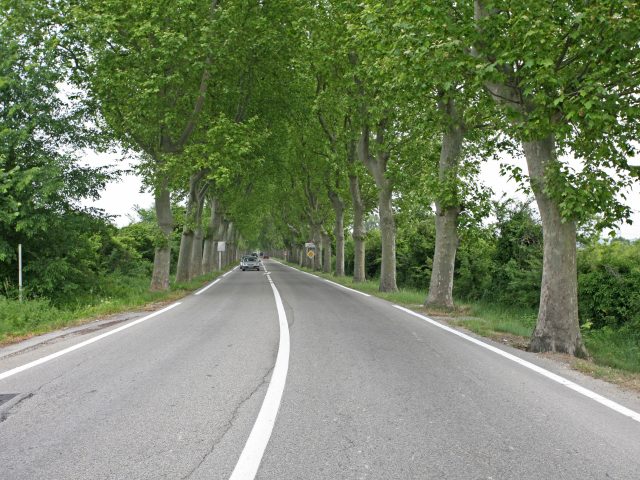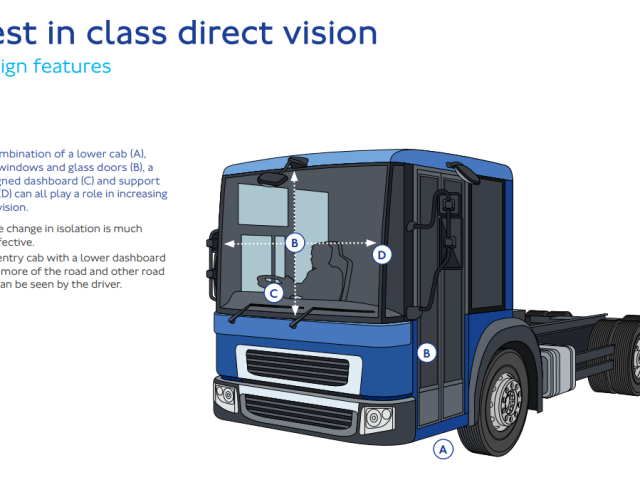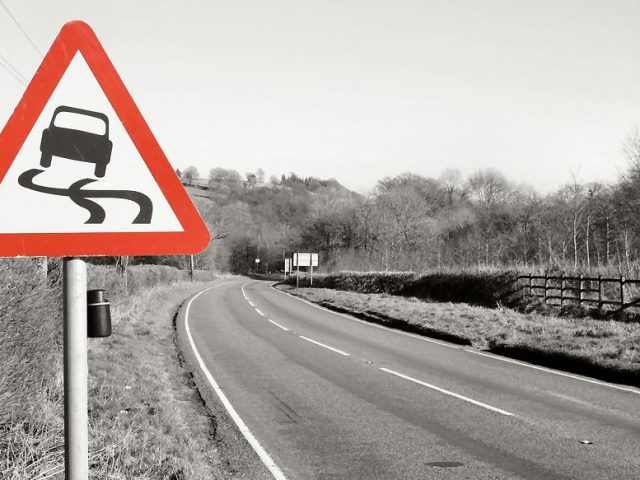Dutch data extraction breakthrough could lead to better road crash investigations
The Netherlands Forensic Institute (NFI), a Dutch government institution, says it is the first research organisation to successfully read and publish the encoded driving data stored in Tesla vehicles, beyond what is available via the Event Data Recorder (EDR). The results, which have already been presented at a conference, could help independent researchers around the world better understand the role driver assistance systems such as Tesla “Autopilot” may or may not play in collisions.
Tesla has cooperated with investigators, including the US National Transport Safety Board and the Dutch Safety Board, in the past – but this new development could make it easier for investigators to get a fuller picture of the circumstances that led to a collision.
ETSC has been calling for several years for the key data relevant to collision investigators to be made easily accessible by all vehicle manufacturers, including data on the operation of driver assistance systems in the run up to a crash. Most collision investigation authorities in Europe do not routinely have access to such data.
The NFI revealed that Tesla cars indeed store, among other things, information about the operation of driver assistance systems such as Autopilot. In addition, they also record vehicle speed, accelerator pedal position, steering wheel angle and brake actuation. “These data contain a wealth of information for forensic investigators and traffic accident analysts and can help with a criminal investigation after a fatal traffic accident or an accident with injury,” said Francis Hoogendijk, an investigator at the NFI.
The NFI also tested the accuracy of the data stored in the vehicle log files. “We carried out tests at the NFI in 2019 and 2020 with a Tesla Model S, so that we could record the accuracy of the registered measurements,” says Hoogendijk. The vehicle speed measurements in the log files proved to be very accurate. The deviations were less than approximately 1 kilometer per hour.
“Having this kind of data allows for a more detailed investigation of accidents, especially regarding the role of driver assistance systems,” says Hoogendijk. “As an example: in a Dutch case it showed how a driver had too much confidence in Autopilot. The driver did not notice that he was only activating the adaptive cruise control and not the lane keeping assistant and then became distracted for too long. This caused the Tesla to end up in the other lane, resulting in a fatal crash.”








